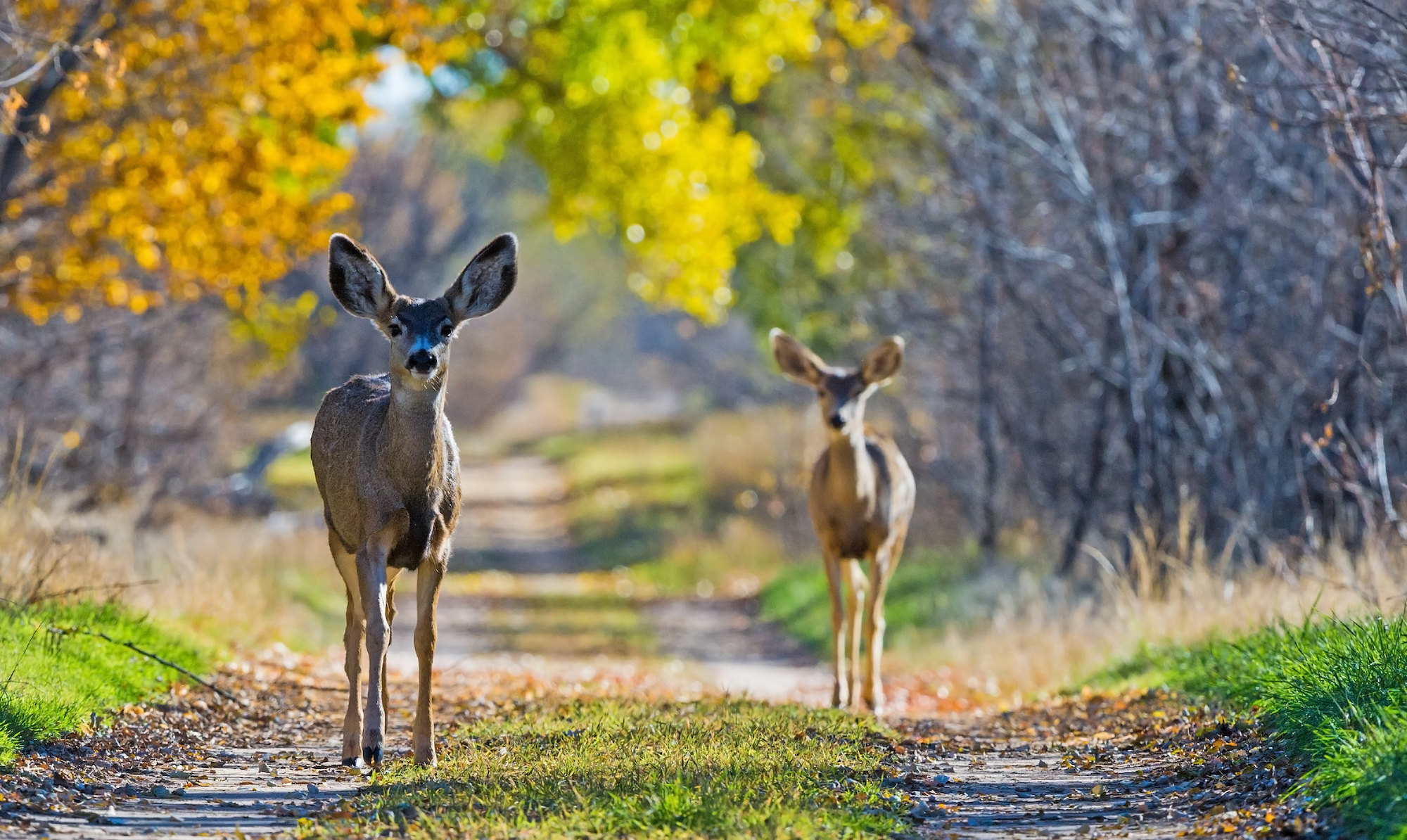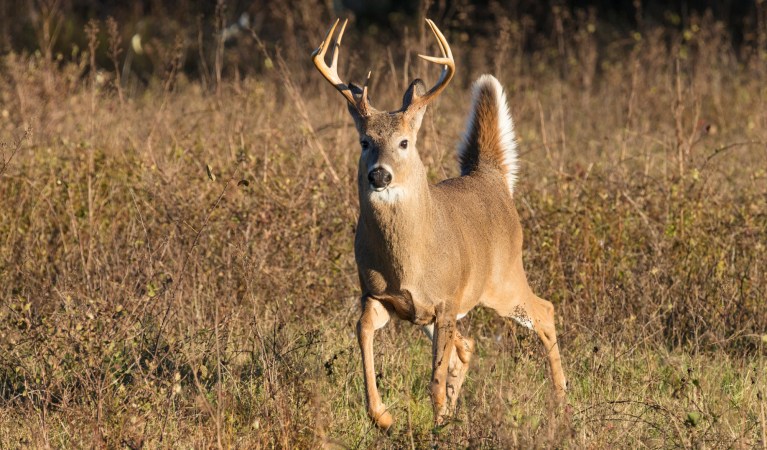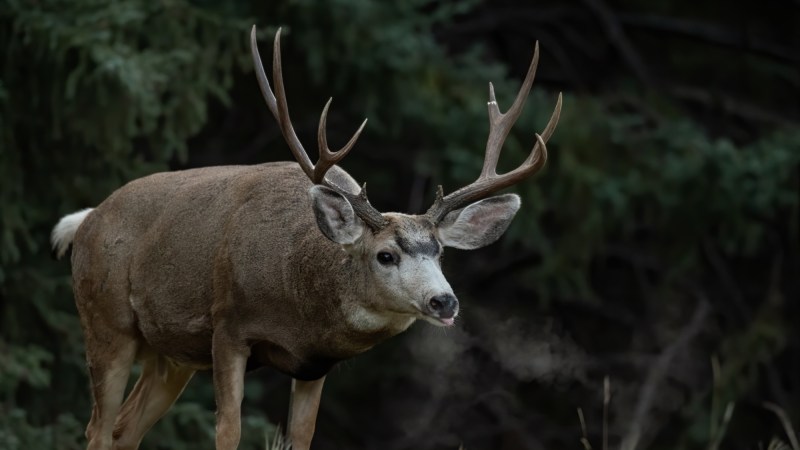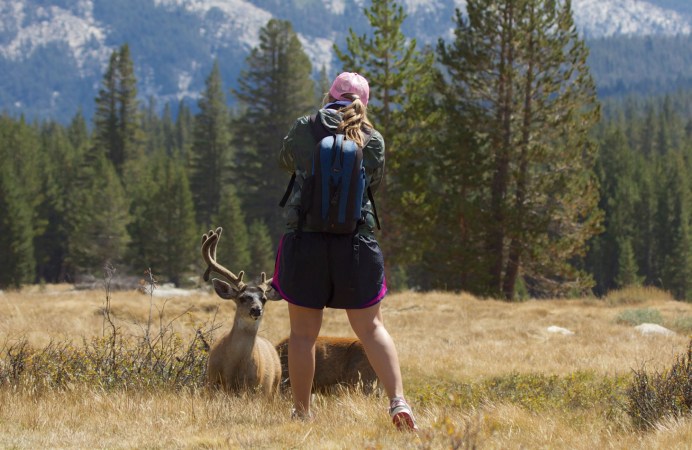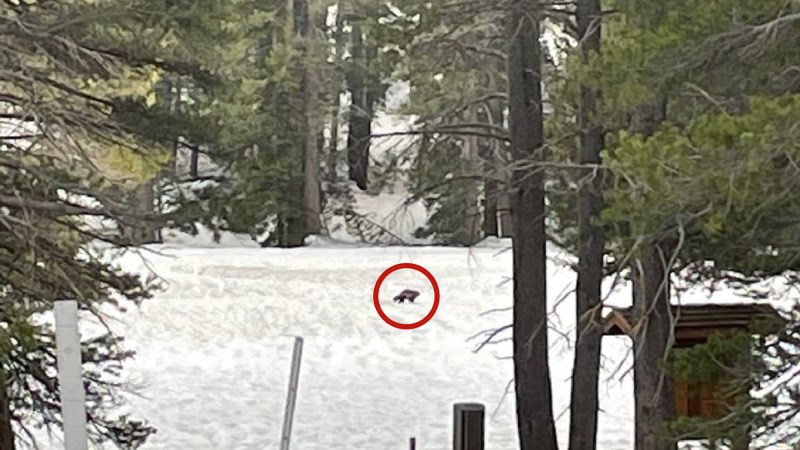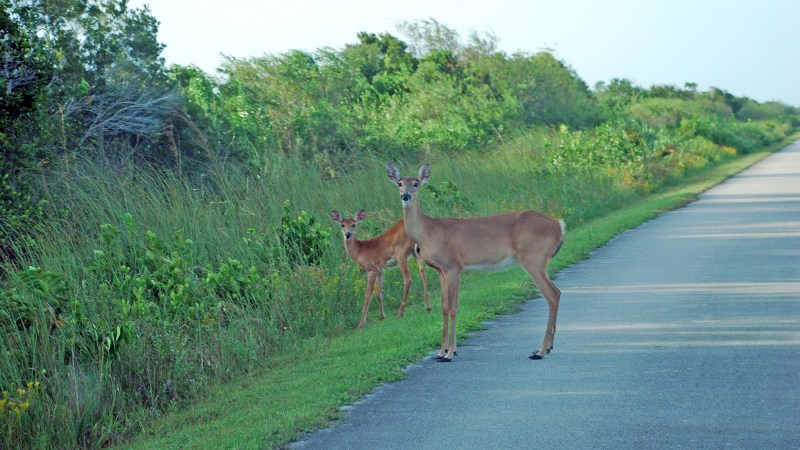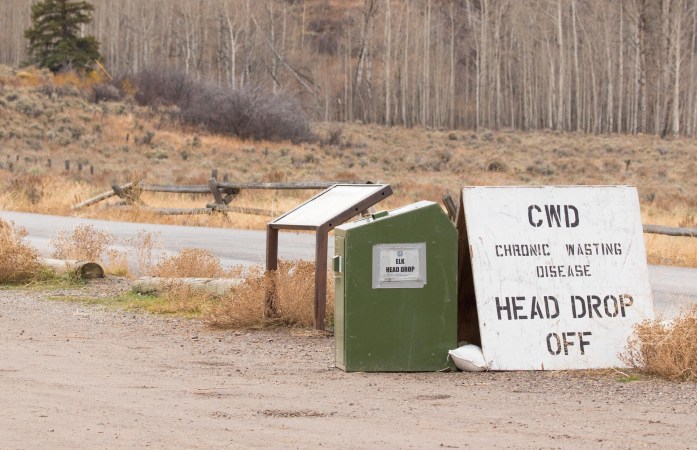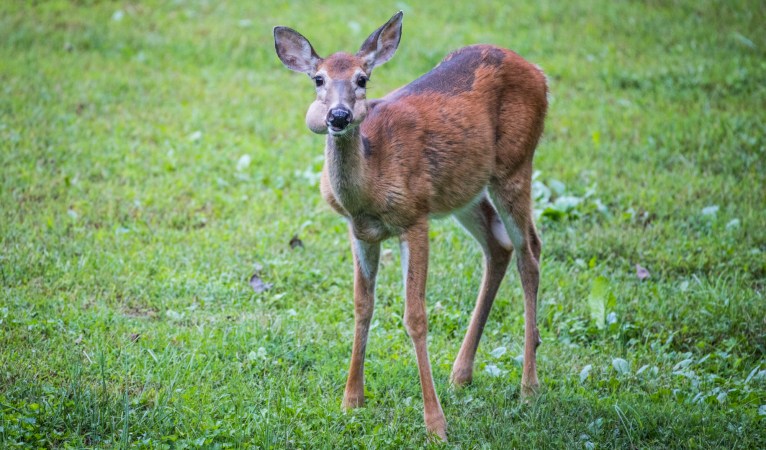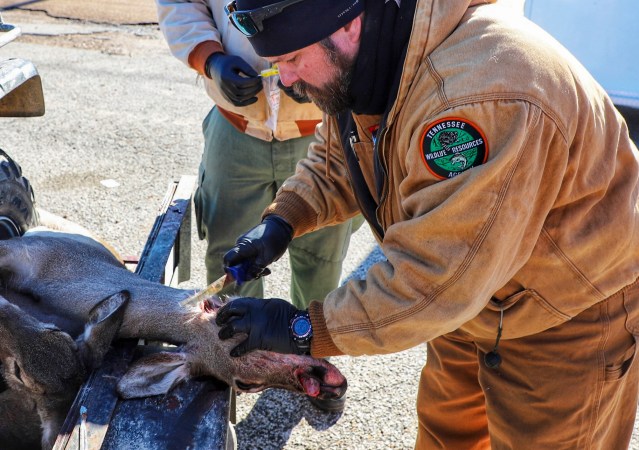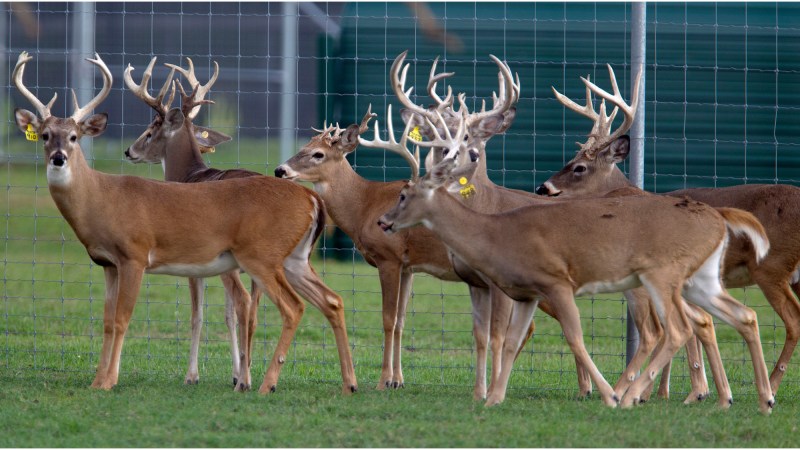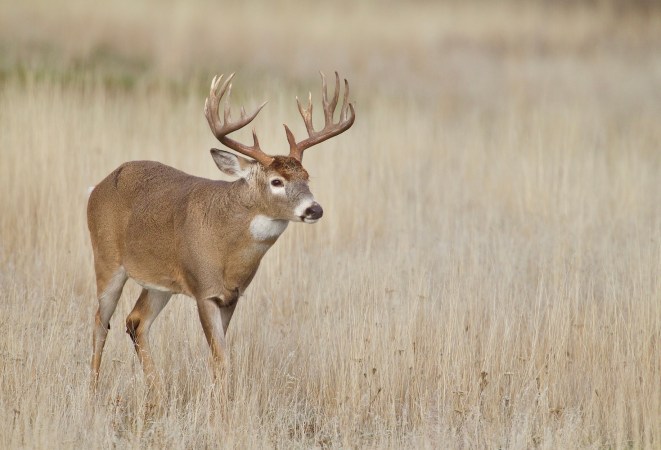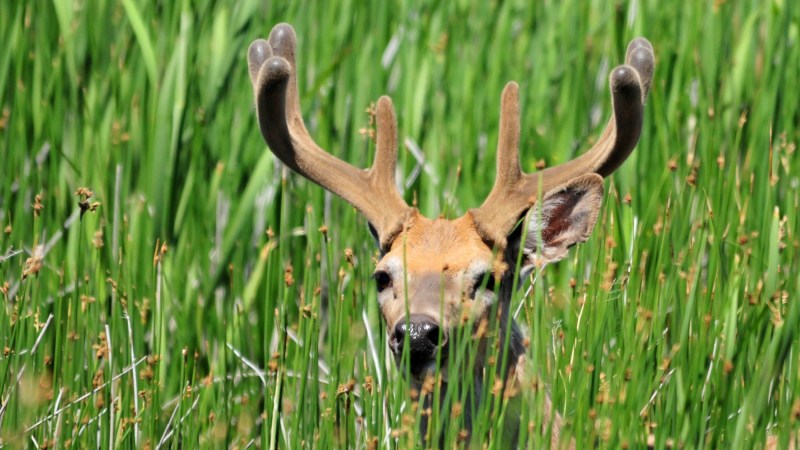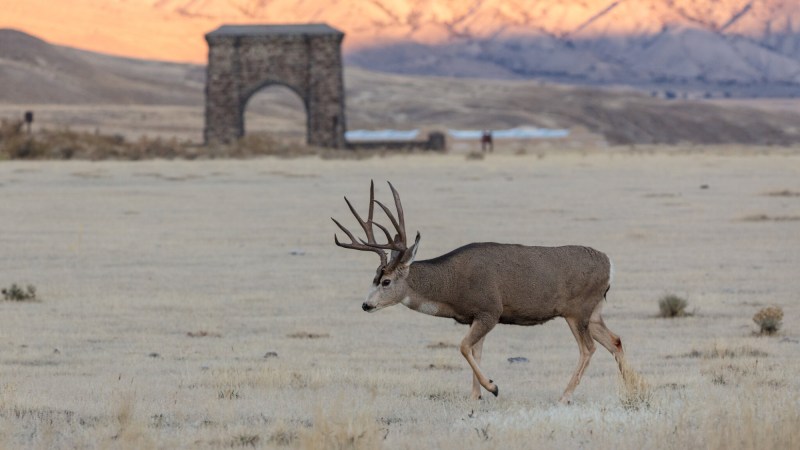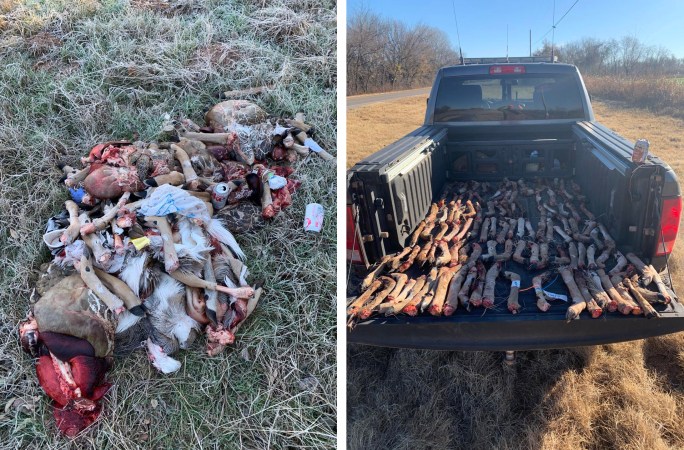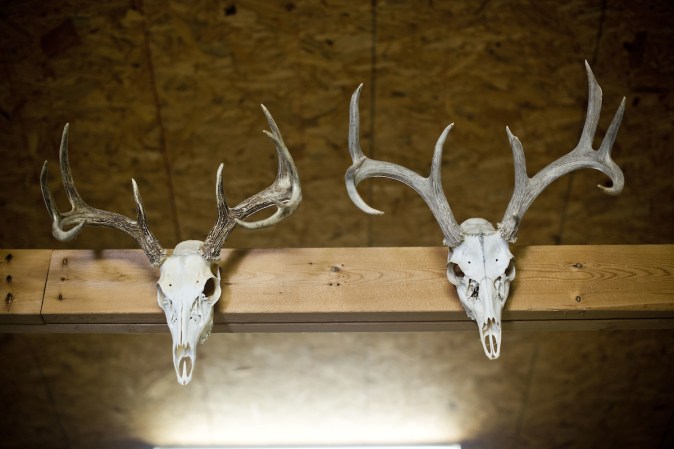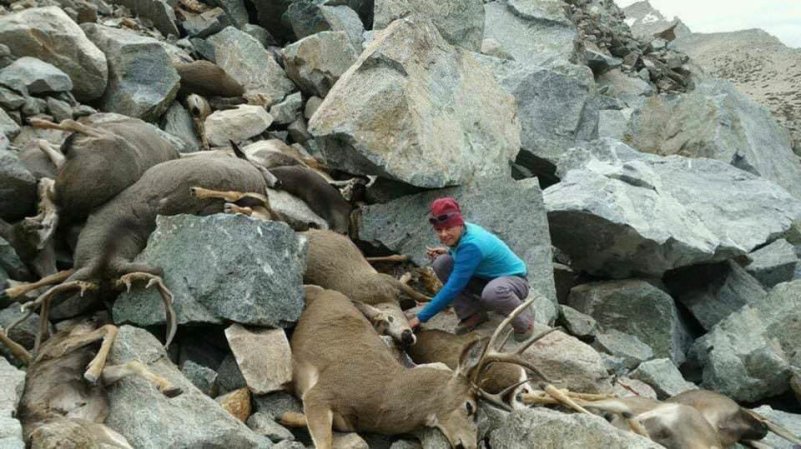Officials with the California Department of Fish and Wildlife announced Wednesday that chronic wasting disease has been detected in the state’s wild deer population for the first time. The state’s first two CWD-positive cases were both confirmed on May 6, according to a press release from the agency. This makes California the 34th state to confirm the presence of the fatal neurological disease, and the fifth one to do so in the past two years.
The CWD-positive samples came from two deer that were found dead near the Sierra Nevada mountain range. The deer that was found near Yosemite Lakes in Madera County had died from unknown causes, the agency says, while the deer found near Bishop in Inyo County had been hit by a car.
Read Next: Chronic Wasting Disease Has Been Detected in Yellowstone. That Could Be a Good Thing
Officials did not specify the species of deer, but they’re most likely mule deer as they were discovered near the mountains in the central part of the state. California is also home to blacktail deer, which live closer to the coast. And although the ranges of the two species can overlap, the region where the deer were discovered lies a good distance to the east of the blacktail’s range, according to the boundaries established by the Boone and Crockett Club.
The fact that mule deer are known to migrate seasonally should also concern wildlife officials in Nevada, who have yet to confirm CWD in their state’s wild deer and elk herds. Inyo County butts up against the Nevada state line, and the city of Bishop lies east of the Sierra Nevada Crest and roughly 27 miles west of the state line as the crow flies. The Yosemite Lakes are located west of Bishop and on the opposite side of the Sierra Nevada mountains.
CDFW says that due to the “disparate locations of these two detections” and the relatively long incubation period of the disease, it’s likely that CWD has gone undetected inside the state for some time. CDFW has been monitoring its elk and deer populations for CWD since 2000 and has tested more than 6,500 animals.
Read Next: Oklahoma Plans to Combat CWD by Releasing Captive-Bred Deer into the Wild
Any samples submitted by hunters over that time would have been sent in voluntarily, as the state does not currently require mandatory testing for CWD. However, CDFW’s surveillance efforts could increase as a result of this week’s development.
“CWD infected animals can excrete infectious prions before clinical signs appear and these prions can persist in the environment for years, making it very difficult to prevent or control the spread once it has been introduced,” CDFW wildlife veterinarian Dr. Brandon Munk said in the press release. “The public can help limit the spread of CWD by reporting any signs of illness in deer and elk populations, and hunters should strongly consider testing their harvested deer or elk.”

